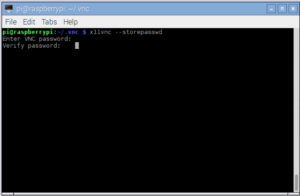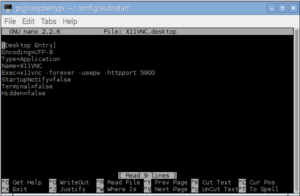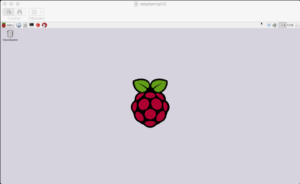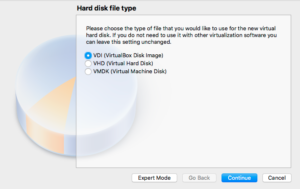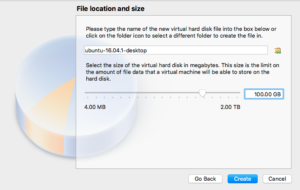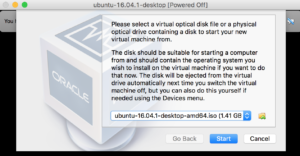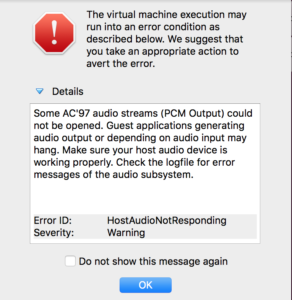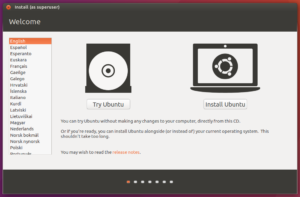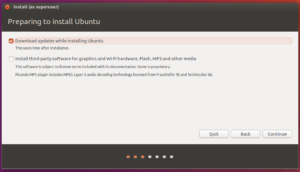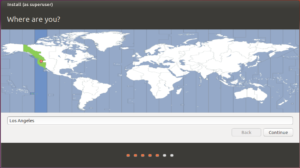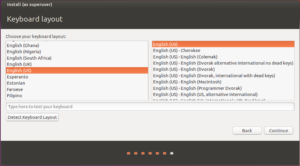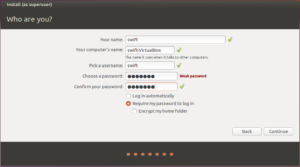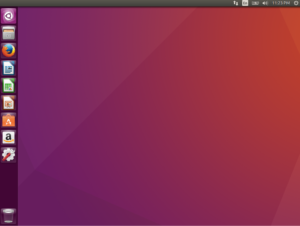Well an old year has gone and new one is on its way.
Achievements of 2016
Each year, like everyone else, I make some resolutions and do my best to achieve each of them during the year. I can say that last years achievement I am most proud of was giving up soda and any other carbonated drinks. After a lifetime of drinking carbonated drinks this was harder to achieve than I expected it would be.
I can now say though that while eating at restaurants I really enjoy drinking water now and when I see my savings on the check it makes me feel a bit better.
At the same time I wanted to make sure that I didn’t replace carbonated drinks with high sugar drinks. Again a success and I found a new taste for a Green Tea. Success!!
On the technical front last year was quiet and I decided to focus my time on getting more comfortable with my current knowledge set and just enjoy what I had.
Resolution for 2017
For my personal achievements I want to stop going out to eat as much as we normally do and instead eat at home more often. When I discussed this with my wife it caused some initial frustrations but I explained to her with the savings it will help achieve my other resolution for the next year. I would like for our family to take either a European vacation or something that allows us to travel to the east coast.
On the technical front I have the following planned:
- Rewrite dooscrib.com with a Swift and Vapor backend.
- Complete the first phase of smart mirror project.
- Update iOS apps with more features.
- Start going to more programmer meetings again.
- Do a presentation on Vapor and Server Side Swift.
As I complete or work on some of my resolutions for the new year I will write about them and share my experiences.
Until then Happy Coding!!!
